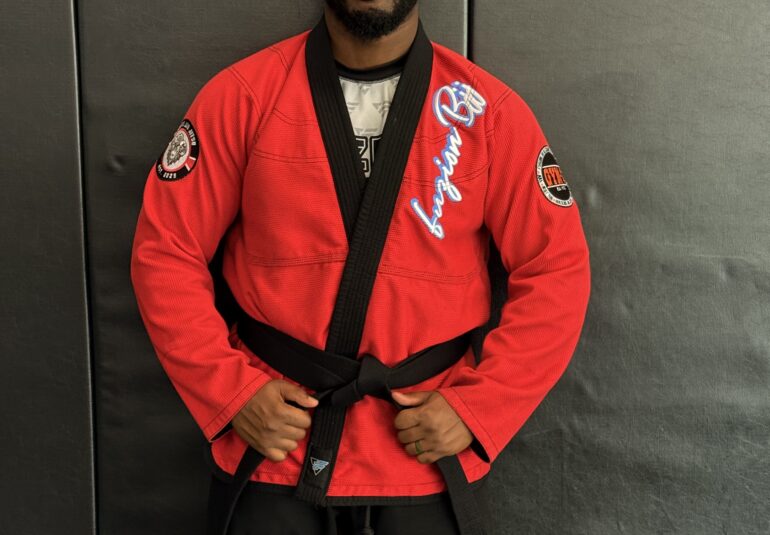
- 310
- 0
Fighting more than one person at a time is not like the movies. It’s chaotic, overwhelming, and rarely fair. The best defense is avoidance, like Mr. Miagi said, “no be there—but if you’re forced into action, the martial art you’ve trained in could determine the outcome.
Jiu-Jitsu: Ground Game Strengths and Limitations
Brazilian Jiu-Jitsu (BJJ) is a grappling-based martial art that specializes in taking an opponent to the ground and applying submissions.
Pros:
-
Excellent one-on-one control: If you’re caught alone with one person, BJJ gives you tools to neutralize them, even if they’re larger.
-
Superior close-quarters ability: If you’re tackled or taken down, Jiu-Jitsu gives you an edge in survival.
Cons for Multiple Attackers:
-
Ground fighting is dangerous when others are nearby. Once you’re engaged with one attacker on the ground, you’re vulnerable to strikes or attacks from others.
-
Limited mobility: You can’t reposition quickly while grappling on the ground—leaving you an easy target.
Bottom Line: Jiu-Jitsu is highly effective in a one-on-one scenario, but its reliance on ground control makes it less ideal when mobility and awareness are critical.
Karate: Striking and Distance Management
Karate is a striking-based martial art that emphasizes speed, power, and maintaining distance from opponents.
Pros:
-
Mobility and footwork: Karate trains practitioners to move efficiently, allowing them to avoid getting surrounded.
-
Strike and escape strategy: Karate emphasizes quick, decisive movements that can create openings to disengage.
-
Awareness and angles: Traditional kata and sparring drill awareness of multiple directions and spatial control.
Cons:
-
Limited grappling skills: If taken to the ground, Karate practitioners may lack tools to defend themselves effectively.
-
Requires precision: Striking under pressure can be difficult without significant training and stress conditioning.
Bottom Line: Karate offers better tools for facing multiple attackers due to its emphasis on mobility, striking from a distance, and quick disengagement.
The Real-World Perspective
In reality, no martial art guarantees safety in a multiple-attacker situation. However:
-
Jiu-Jitsu is excellent if the fight goes to the ground or if you’re attacked in a confined space.
-
Karate gives you a better chance to move, strike, and escape—critical survival skills when outnumbered.
Wrapping it up
For multiple attackers, Karate has the tactical edge. Its focus on movement, situational awareness, and striking from a distance makes it more suited for chaotic, real-life scenarios involving more than one threat.
That said, combining both disciplines—striking and grappling—provides the most complete self-defense foundation. Many modern self-defense systems and MMA fighters draw from both Karate and Jiu-Jitsu to become well-rounded and adaptable.


